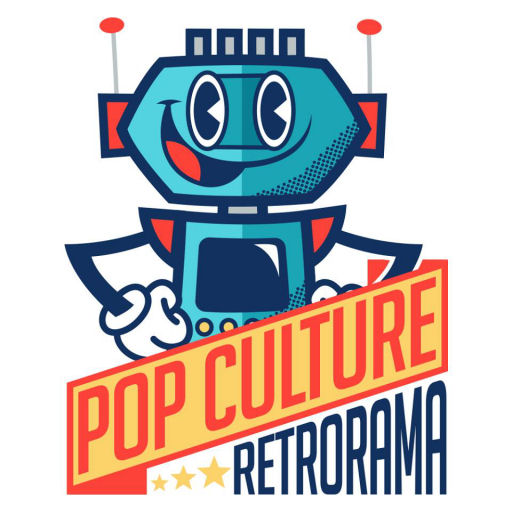Friends, much like with heavy metal or the perceived threat from playing Dungeons & Dragons – you can be assured that video games were also a reason for parents and certain watch groups to be concerned. I can say that I never really had pressure from Parents and Family members about my love of role-playing games – minus one particular church service – but my devotion to video games did raise a few eyebrows. If you have been kind enough to listen to the Diary of an Arcade Employee podcast you know that at least my Grandmother was also a fan of video games – perhaps even spending more time playing the likes of our Atari 2600, Intellivision, and NES than I did.

Having said that though, she had no need to be worried about report cards showing up in the mail to reveal I wasn’t doing so hot in Math and Science class. Which is naturally why reasons for my lackluster grades were sought out by my Father. It didn’t help matters when back in 1982, the CBS Evening News with Dan Rather broadcast a special report on video arcade addiction.
Taking into account that I would eventually get the opportunity to work at an arcade in my neck of the woods – I guess being a video game fanatic didn’t hurt me too much. I did appreciate though at the end of that special report by Terry Drinkwater the comment:
“Psychologists remind us that every younger generation has to have something to scare adults.”
I’m also grateful that these looks back at the heyday of video game arcades are being preserved on YouTube and elsewhere online – nice to be able to look back and see some memorable games in their prime. I was particularly happy to see Crazy Climber on display as well as Tail Gunner – to say nothing of capturing a moment in time when you could enjoy “Pac-Man Fever” on the jukebox.
By the way, after watching that special report I was curious as to who Jan Soderstrom was – after a quick search online I found a New York Magazine article from August of that year which read:
“When we first started advertising, three years ago, we simply described the systems,” says Jan Soderstrom, Atari’s vice-president for advertising. “Now we’re into tier two, fanning out beyond the ready buyers, men 25 to 49 with incomes of $25,000 plus, to include mothers, young kids, and teens. We’re moving into life-style advertising, positioning the system as a wholesome family product and a trendy, contemporary activity.”




+ There are no comments
Add yours